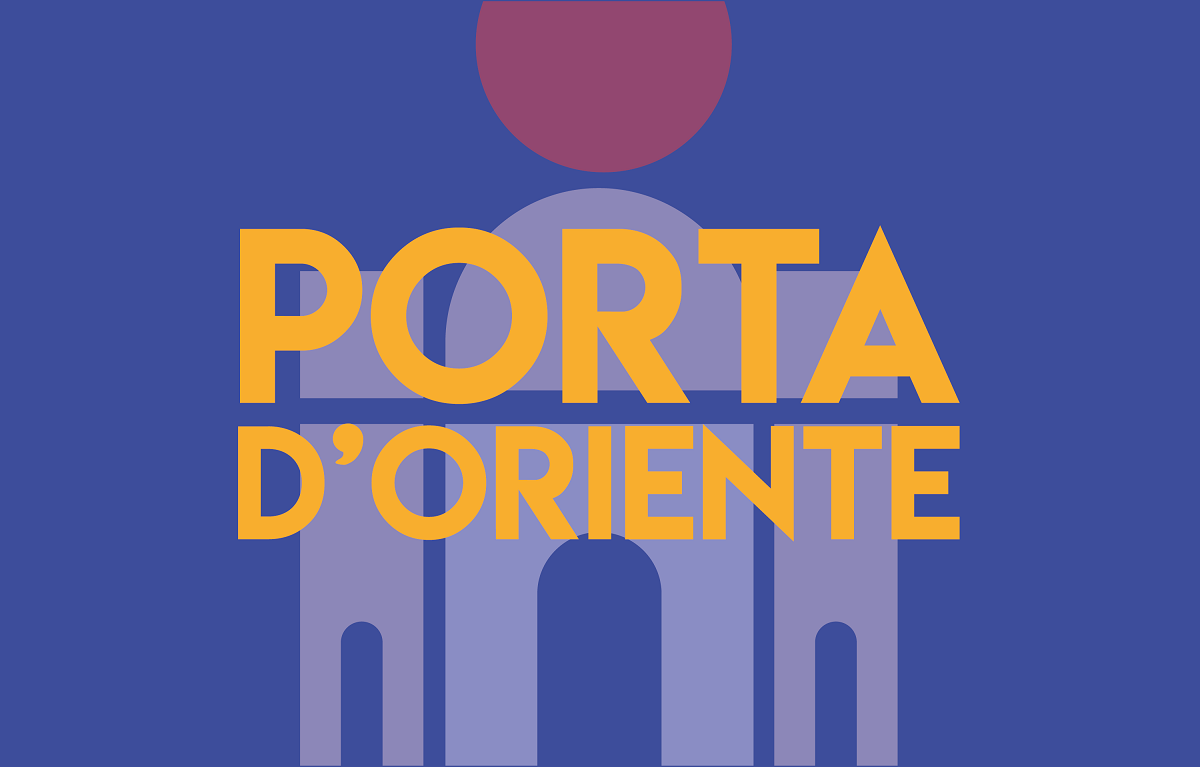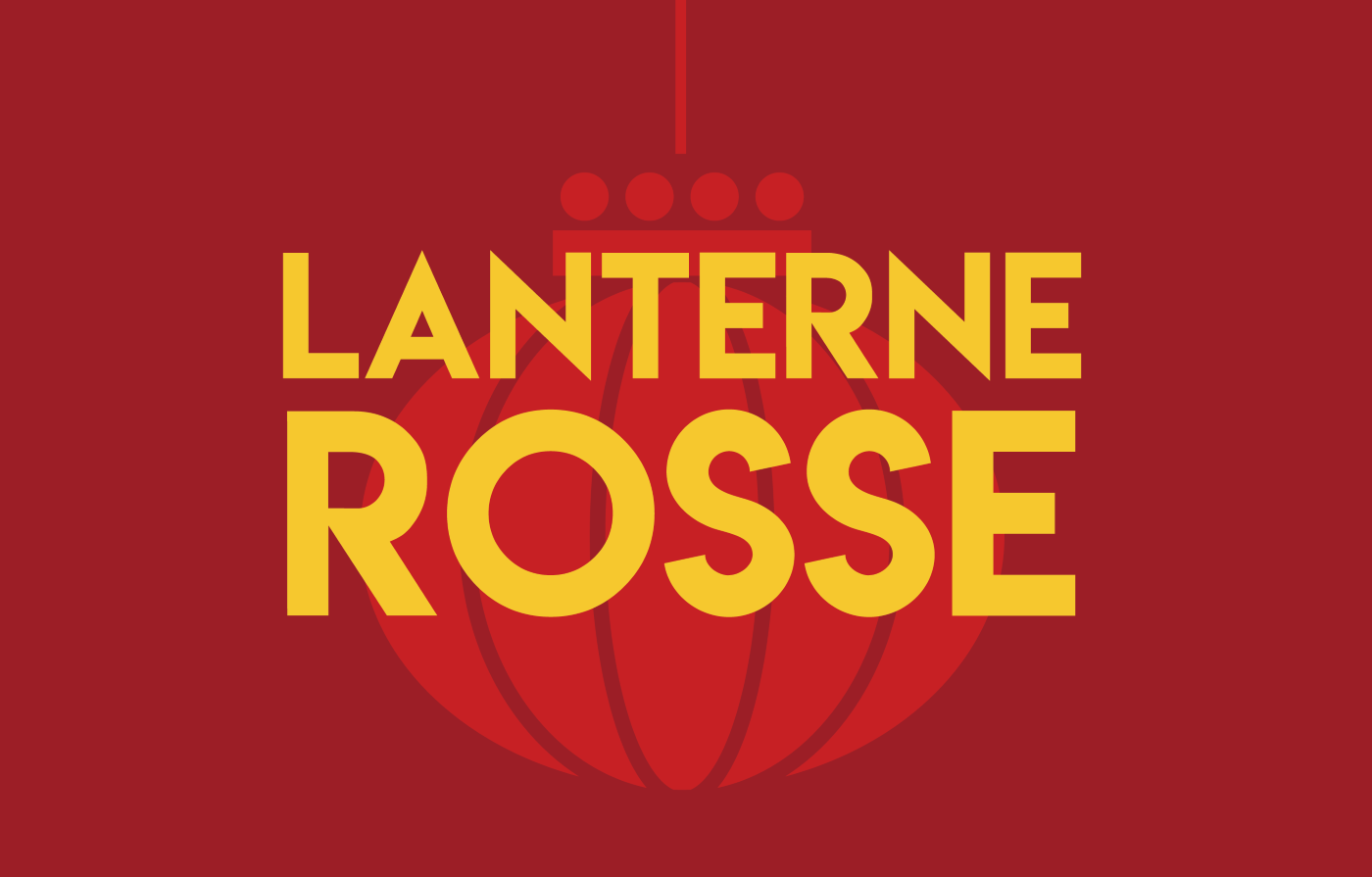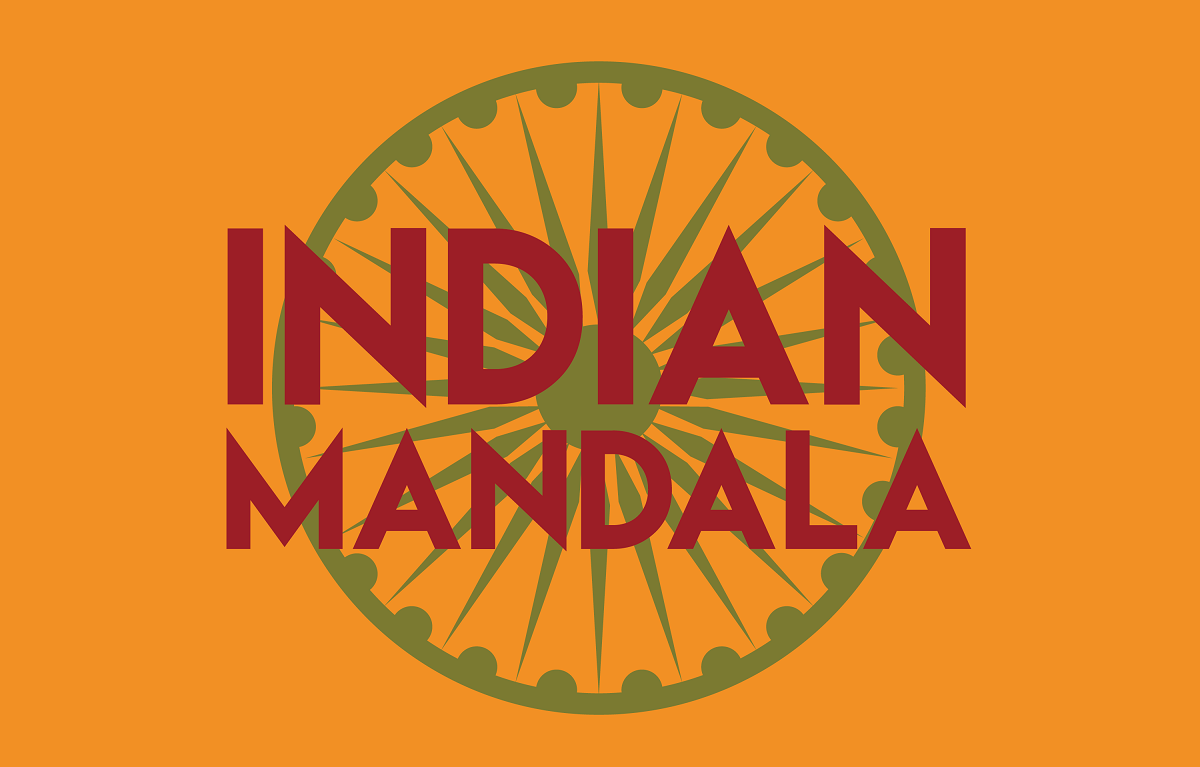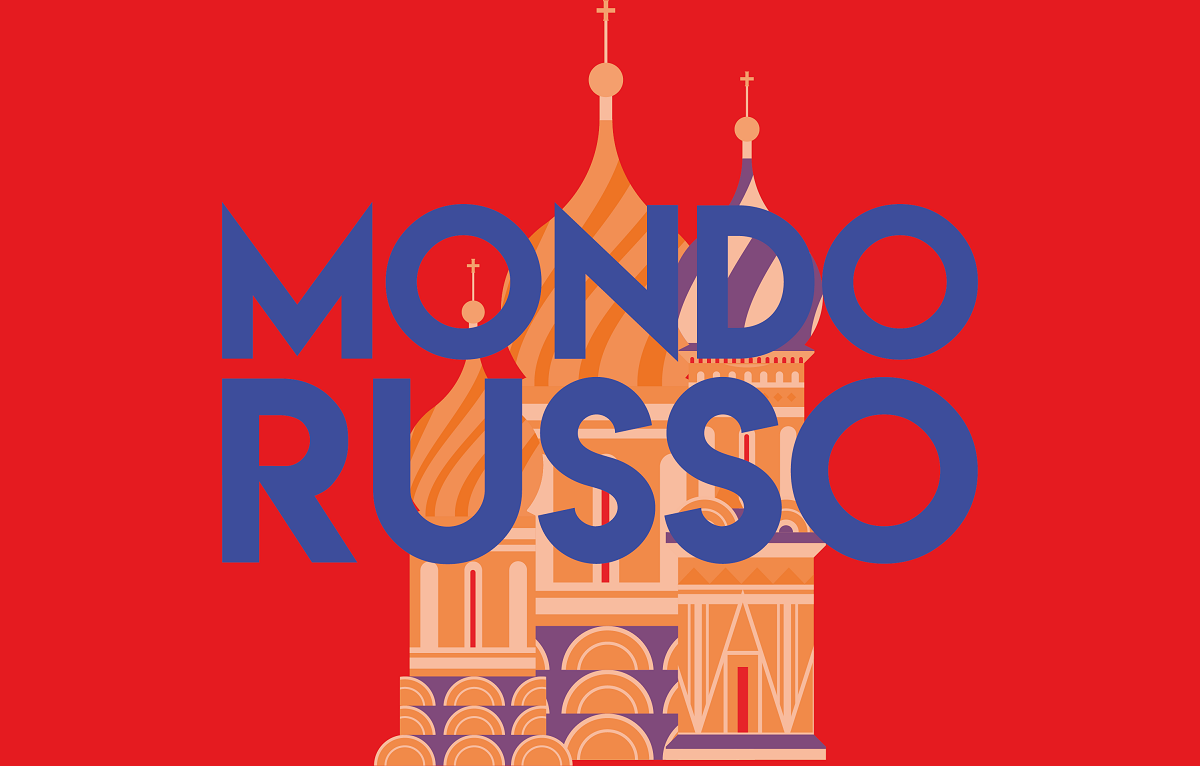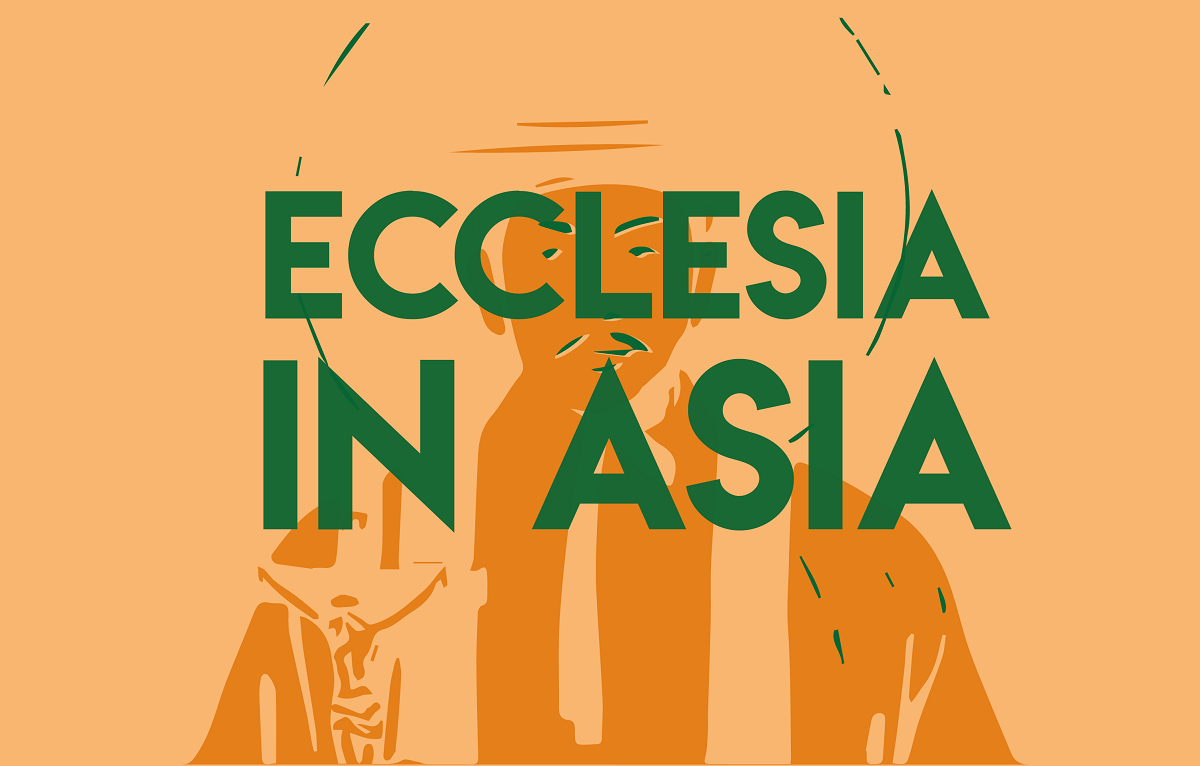Central Asia's palaces of power
Kyrgyzstan's presidential administration has officially moved into the new palace desired by Žaparov and built where a former large Soviet albego stood. But the new Khan's Palace in Biškek has to compete with other lavish palaces in neighboring countries.
Bishkek (AsiaNews) - To mark Independence Day, achieved 33 years ago at the end of the USSR, Kyrgyzstan's presidential administration officially moved into its new palace in Bishkek with a solemn opening ceremony. It is the most impressive presidential move in the entire independence period, and it is not an isolated case in the practice of heads of state in the Central Asian region.
The presidential palaces in these countries compete in splendor and majesty on a global level, with the office parts as well as the residence parts. Until now there were two buildings in Biškek in which the president, parliament, and government worked, and both dated back to the Soviet period. In Kyrgyzstan the expression “on the seventh floor” was used to refer to the center from which all decisions affecting the fate of the nation descend, where the office of the president was located in the so-called “White House.”
The expression had lost its charismatic aura after the political clashes of 2020, when the president had to cede many powers to Žogorku Keneš and the government, located in the Old Square. Now the new palace, built within two years, brings back the vertical of presidential power. In October 2023, Sadyr Žaparov himself had turned to the people, asking them to help him find a suitable name for the new power building, and only a week later 108 proposals had already arrived. At the end of the big poll the Yntymak - Manas Ordo variant was chosen, which with the word “horde” brings back the glories of the Tatar kingdoms, in fact the “Khan's Palace.”
The solemn building was erected in place of the grand Issyk-Kul Hotel, a typical barracks of Soviet times razed to make way for the new Kyrgyz glory, overcoming the controversy of those nostalgic for the history of the last century, of which the hotel was an obvious symbol. The fiercest opponent had been the great architect Išenbaj Kadyrbekov, the last local minister for construction in 1990, who had called the destruction of the Issyk-Kul “an act of vandalism, even if they don't like the hotel now, in 100 years it will be recognized as a historical monument of architecture.” In fact, the hotel had been disused for years and was definitely falling apart.
The other contentious topic at the planning stage concerned the economic desirability of the operation, while Žaparov urged the population to save money. Faced with requests for an explanation, the president replied in 2022 that “we have to build a building that will remain for the people and future generations, and this is just the right time.” Moving the presidency and the subsequent redistribution of ministries and other sites of power to the northern part of the city would “free the center of Biškek from huge traffic jams, which make us look like Moscow.”
There are no official figures on the actual costs of the entire operation, although opposition MP Dastan Bekešev said that “if the figures spent on the palace were released, we would all risk a heart attack.” The Khan's Palace in Biškek, after all, has to compete with other lavish palaces in neighboring countries. For example, Astana's Akorda, built beginning in 2001 by then-President Nursultan Nazarbaev, the chief satrap of all post-Soviet Central Asia, covers an area of 37,000 square meters and is 86 meters high, made of white Carrara marble and gold decorations, with precious green and blue stones and a sky-blue dome, the color of Kazakhstan's national flag.
In Uzbekistan the first solemn Aksaraj residence appeared as early as 1991, to glorify the power of the first president Islam Karimov, although his successor Šavkat Mirziyoyev works more modestly in the Senate building. Tajikistan's President Emomali Rakhmon, who has reigned undisturbed in Dushanbe for 30 years, opened the Kasri Millat, the “Palace of the Nation” in 2008, which he uses as his office, living in the Soviet-era residence, though very well renovated. Turkmenistan's president, Gurbanguly Berdymukhamedov, also built the solemn Oguzkhan palace in 2011, also a reminder of Tatar glories, and only Kyrgyzstan was missing from the roll call of major power works in Central Asia.
07/02/2019 17:28
24/10/2019 17:56





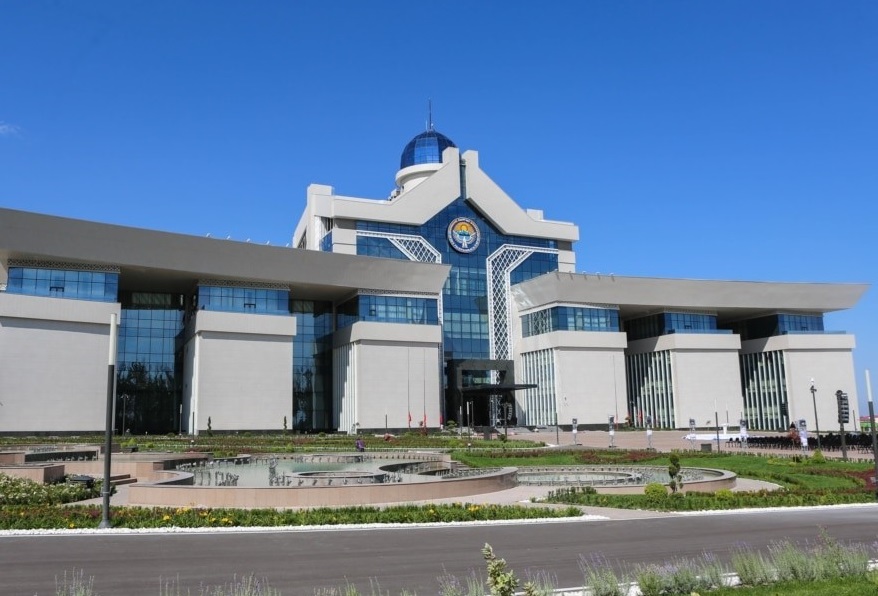

.png)
